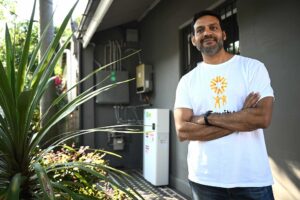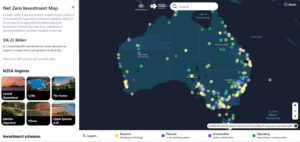Global green hydrogen production capacity is set to double in size over the next year, but analyst firm BloombergNEF has warned that governments will need to do more to boost the use of hydrogen, with fears that the world could be on track for a massive green hydrogen glut.
In its latest hydrogen market outlook, BloombergNEF forecasts that global shipments of hydrogen electrolyser technologies will double in 2021, and then quadruple in 2022 to 1.8GW. By 2040, the cumulative installations of electrolysers could be as high as 40GW.
“Nearly everything has doubled already this year in the world of clean hydrogen, and we expect the momentum to continue,” Tengler said.
“More than 40 countries have now published a hydrogen strategy or are developing one. More than 90 projects are being planned worldwide to use hydrogen in industry. Electricity generators have almost doubled their planned hydrogen-fired turbine capacity since January.”
China has emerged as a leading market for new electrolyser additions, with manufacturers being spurred into action by new carbon neutrality targets, and a goal to see its greenhouse gas emissions peak by 2030.
“What’s happening in China right now is revolutionary for clean hydrogen,” Tengler said.
“Chinese companies are racing to show their compliance with the country’s carbon neutrality target, pushing the market for electrolysers – the devices that produce hydrogen using water and electricity – to be at least nine times bigger in 2022 than in 2020.”
However, BloombergNEF warned that while there was strong growth amongst facilities manufacturing electrolysers to boost renewable hydrogen production, there needed to be increased investment in the demand-side of the hydrogen market to ensure the zero emissions fuel was being put to use.
Tengler said this would require stronger national climate change policies and a price on carbon emissions – possibly as high as $100 a tonne – to ensure green hydrogen is cost competitive with fossil fuels equivalents.
Further investments in hydrogen use, including in new transport technologies and the use of hydrogen in industrial processes, are likely to be necessary to ensure the use of hydrogen is able to keep up with the supply.
The analysis flags a potential future challenge for surging investment in global hydrogen production capacity, whereby surging supply is not matched by a corresponding increase in consumption.
“Hydrogen’s future as a major clean energy source is far from certain,” Tengler said. “Sustained, large-scale demand for clean hydrogen will need stronger demand-side incentives than what we are seeing now.”
“We’ll need to see CO2 prices of at least $100 per ton by 2030 to incentivize hydrogen adoption. No country has such carbon prices today, and we forecast only three markets to reach that level before 2030: Canada, the EU and the UK.”
“It is no surprise then that the vast majority of announced large-scale demand-side clean hydrogen projects come from these regions.”
BloombergNEF said that while direct government financial support for clean hydrogen technologies was continuing to grow – with more than US$11 billion (A$14.9 billion) set to be spent by governments each year between 2021 and 2030, the level of governments support is still well below the amount of early financial support provided to emerging solar technologies.
In Australia, the Morrison government has set itself a target of reducing the cost of hydrogen production to less than $2 per kilogram, a threshold it says will allow hydrogen to become cost competitive with fossil fuel alternatives.
However, the Morrison government has no plans to impose any form of price on carbon emissions.
Australia has seen its own surge in interest in new hydrogen production projects – including proposals for multi gigawatt scale renewable hydrogen projects using wind and solar – but the demand-side of the market has so far lagged with only limited investments being made in hydrogen transport and the blending of hydrogen in mains gas networks.







